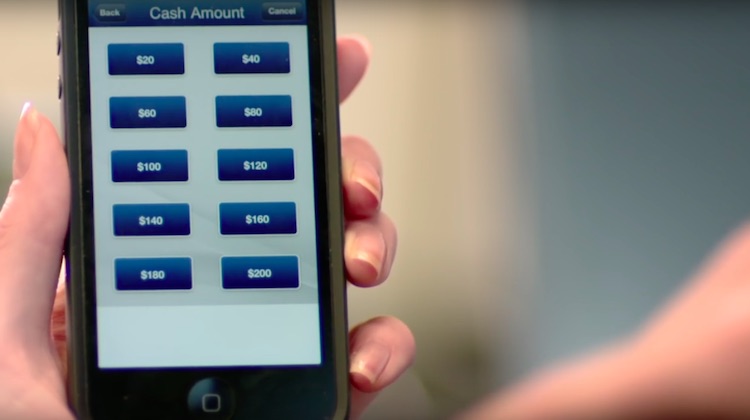More than a cash dispenser: How banks are rethinking the ATM
5 trends we’re watching this week
[alert type=yellow ]Every week at Tradestreaming, we’re tracking and analyzing the top trends impacting the finance industry. The following is a list of important things going on we think are worth paying attention to. For more in depth trendfollowing, subscribe to Tradestreaming’s newsletter .[/alert]
- More banks sign up for SWIFT nascent payment tech initiative (PYMNTS)
- DTCC wants to coordinate industry activity on distributed ledger tech (Finextra)
- Why bank fintech accelerators are destined to die (American Banker)
- Is VC the right money for fintech? (TechCrunch)
- What Bank of America’s race to cardless ATMs says about the future of banking (Tradestreaming)










